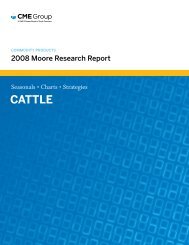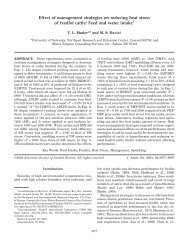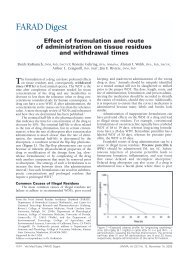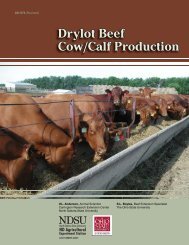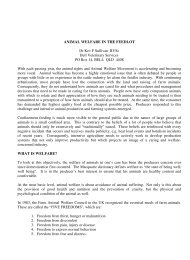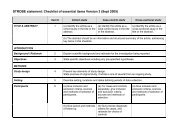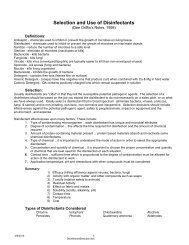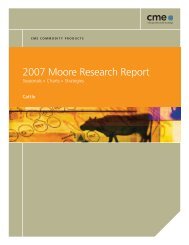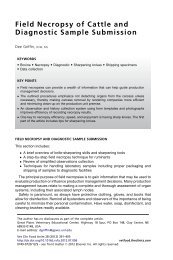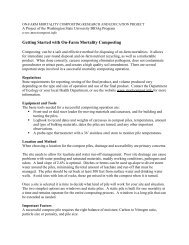CRIMES WITHOUT CONSEQUENCES - gpvec
CRIMES WITHOUT CONSEQUENCES - gpvec
CRIMES WITHOUT CONSEQUENCES - gpvec
Create successful ePaper yourself
Turn your PDF publications into a flip-book with our unique Google optimized e-Paper software.
Crimes Without ConsequenCes<br />
were informed of the noncompliance only through hearing a commotion or loud noise,<br />
such as an animal bellowing, in a particular area of the plant, and in the absence of such<br />
a signal would not have been aware of the incident.<br />
All this suggests that humane noncompliances occur regularly, but are not observed<br />
by inspection personnel. Animal advocates have long argued that inspectors should<br />
be permanently stationed in those areas of the plants where humane handling and<br />
slaughter violations occur. It is particularly crucial that inspection personnel be present<br />
in the stunning area to ensure that animals are properly rendered unconscious prior to<br />
shackling, hoisting, bleeding and cutting. 161<br />
The FSIS estimates that its national workforce of 7,600 inspectors spent a total of only<br />
132,405 hours, or the equivalent of 63 full-time positions, on humane handling and<br />
slaughter activities in fiscal year 2003. 162 This equates to less than an hour for every<br />
Table 17. Federal Humane Slaughter vs.<br />
Food Safety Enforcement Actions<br />
October 1, 2002 to March 31, 2004<br />
Action All Food Inspection Humane Slaughter Humane % of All<br />
NR a 197,847 c 432 d 0.22<br />
NOIE b 447 c 3 c 0.67<br />
Suspension 180 c 13 c 7.22<br />
Notes<br />
a Noncompliance Record.<br />
b Notice of Intended Enforcement.<br />
c Source of data is FSIS Quarterly Enforcement Reports for time period October 1, 2002 through March 31,<br />
2004. (http://www.fsis.usda.gov/regulations_&_policies/Quarterly_Enforcement_Reports/index.asp)<br />
d Source of data is NRs released by FSIS in response to FOIA request for all NR citing humane handling/<br />
slaughter violations for time period October 1, 2002 through March 31, 2004. It is likely that the actual<br />
number of NR written for humane slaughter during this period was significantly higher than the number of<br />
records released.<br />
slaughter law. U.S. GAO, Humane Methods of Slaughter Act: USDA has addressed some problems but still<br />
faces enforcement challenges, GAO-04-247, January 2004, p. 15.<br />
161 In 2001, HFA, joined by AWI and other animal advocacy groups and the National Joint Council of Food<br />
Inspection Locals, filed a rulemaking petition seeking that the USDA station inspection personnel, on a fulltime<br />
basis, at critical points in the handling and slaughter process, including in unloading/handling areas and<br />
stunning/bleeding areas. The USDA failed to propose regulations suggested by the petition. See information<br />
about the petition on the HFA website at http://www.hfa.org.<br />
162 GAO report, p. 27.<br />
54




